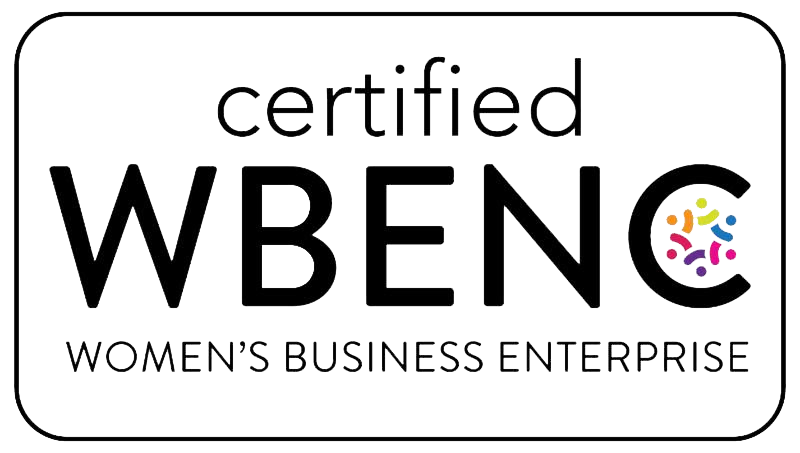“My manager doesn’t just listen, she checks in after meetings to make sure I felt heard.”
That kind of follow-up may seem small, but it’s a hallmark of inclusive leadership and it makes a lasting impact. Supervisors set the tone for how safe, supported, and valued employees feel day-to-day. Policies matter. But people leaders shape the lived experience.
In 2025, building inclusive workplaces starts by equipping supervisors with the tools and mindset to lead with empathy, awareness, and respect.
Why Supervisors Shape Culture More Than Policy
No matter how strong your organizational values are, employees measure inclusion based on how they’re treated by their direct manager.
- Do they feel psychologically safe to speak up?
- Do they see their contributions recognized?
- Do they feel like they belong?
That’s not about policies, it’s about leadership behaviors.
Inclusive supervisors directly influence:
- Employee engagement and retention
- Team trust and collaboration
- Workplace safety and conflict resolution
- Belonging, especially for underrepresented team members
Traits of Inclusive Leaders in 2025
Today’s inclusive leaders are culturally intelligent, adaptable, and relationally aware. Here are a few key traits we focus on in our leadership belonging training programs:
1. Self-Awareness
- Recognize biases and blind spots
- Stay open to feedback and growth
2. Empathetic Communication
- Ask more than assume
- Listen to understand, not just respond
3. Cultural Humility
- Avoid “expert” mindset on identity or experience
- Stay curious and open to difference
4. Consistency & Fairness
- Apply expectations evenly
- Acknowledge when corrections are needed
5. Behavioral Modeling
- Demonstrate respect through actions, not just words
- Set the standard for team conduct, tone, and accountability
Real-World Tools & Micro-Behaviors That Support Inclusion
Inclusive leadership doesn’t require a personality overhaul, it’s often about adopting small but consistent habits that shift team dynamics over time.
Try these micro-behaviors:
- Start meetings with inclusive check-ins: “What do you need to be successful this week?”
- Use rotating facilitation roles to share power and visibility
- Offer feedback in preferred formats (verbal, written, visual)
- Follow up with quieter team members after group conversations
- Use phrases like “Thanks for that perspective” to affirm contributions
- Normalize saying, “I don’t know, but I’ll find out.”
Over time, these actions build psychological safety and belonging without requiring extra meetings or complex programs.
Training Supervisors to Lead Inclusively
At MYCA, we support organizations with supervisor inclusion training that focuses on:
- Situational leadership and equity-centered decision making
- Inclusive communication and team facilitation skills
- Responding to bias, microaggressions, and team dynamics
- Realistic, role-based scenarios tailored to your work environment
Whether it’s frontline supervisors or senior leaders, we equip managers to lead with purpose, empathy, and integrity.


